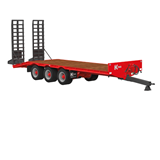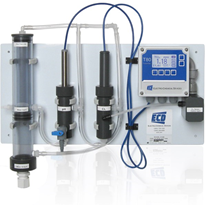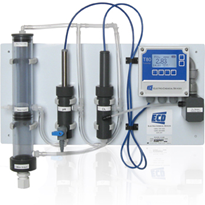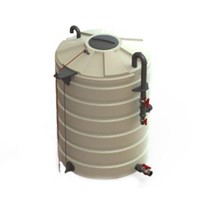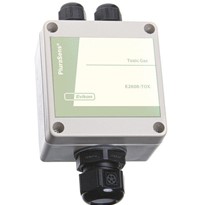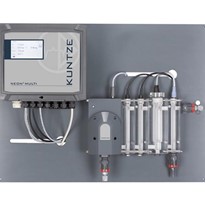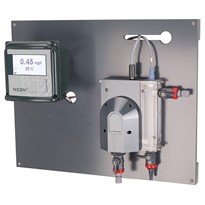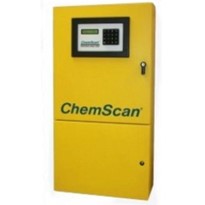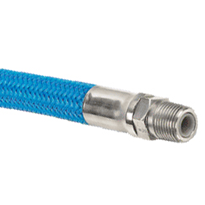It is used in the following industries: pesticide, refrigerant, paper and pulp, textile, metallurgy, pharmaceutical, cosmetic, battery, water and sewage purification, and food processing.
What happens when exposed to the gas?
Chlorine gas is a pulmonary irritant with intermediate water solubility that causes acute damage in the upper and lower respiratory tract. Occupational exposures constitute the highest risk for serious toxicity from high-concentration chlorine. Exposure to low concentrations of chlorine for prolonged periods may have destructive effects, as might very short-term exposure to high concentrations. Symptoms of exposure vary, depending on the degree of exposure. Low-level acute exposure (eg, from household cleaning products) may consist primarily of upper airway irritation. The hallmark of pulmonary injury associated with chlorine toxicity is pulmonary edema, manifested clinically as hypoxia.
Control Equipment have a number of different Instruments that can monitor Chlorine levels.
Fixed Systems
C2300
One of our most versatile instruments is the C2300 Range. This is a diffusion sensor which is designed to be located near the hazard and wired back into a central control system or one of our Beacon Controllers. The sensor is arguably one of the most robust and long-lasting sensors in our range.
Features
- Long Life
- 0-3ppm Range
- Very quick response
- Not effected by cross sensitivity
GD-70D
The GD-70D is a stand-alone sample draw instrument which is a sensor and controller all in the one enclosure. As such the GD-70D is able to run independent alarms without the need to be wired back to a controller. It can also be incorporated into a current system or BMS as required. Due to the on-board display the GD-70D is ideal for areas where personnel can visually see the gas levels before they enter a possible hazardous environment. The instrument also uses “Smart Sensors” which allow them to be changed out by on site personnel without the need for re-calibration.
Features:
- Sensor and Controller all in 1 instrument
- Smart Sensor
- Visual alarms
- Large LCD Display


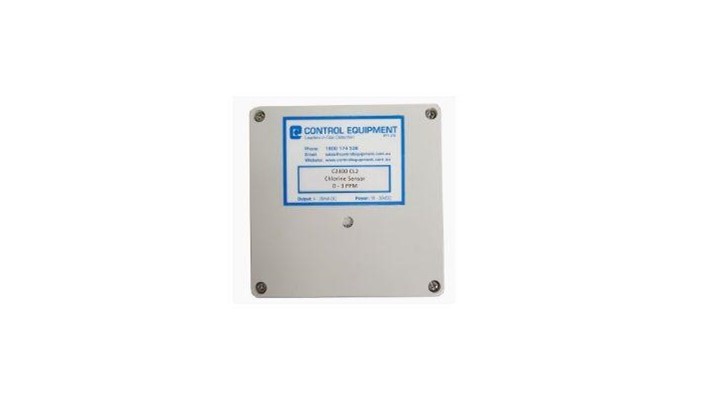
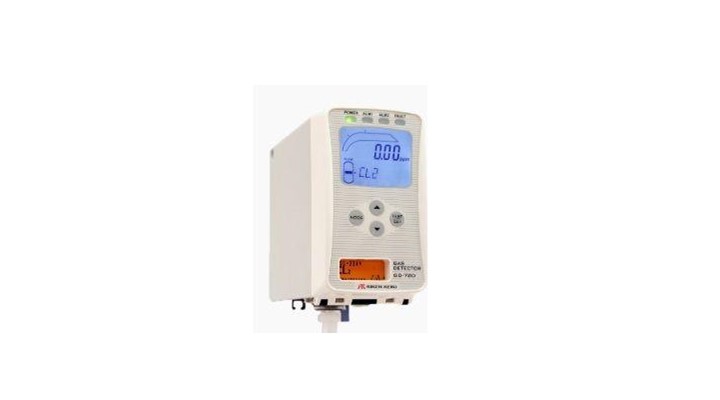
-160x160-state_article-rel-cat.png)






-160x160-state_article-rel-cat.png)

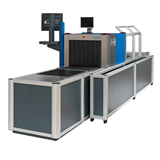

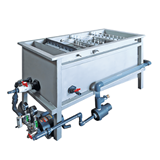

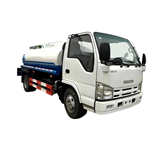

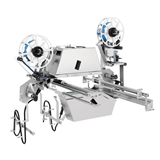




-160x160-state_article-rel-cat.png)
